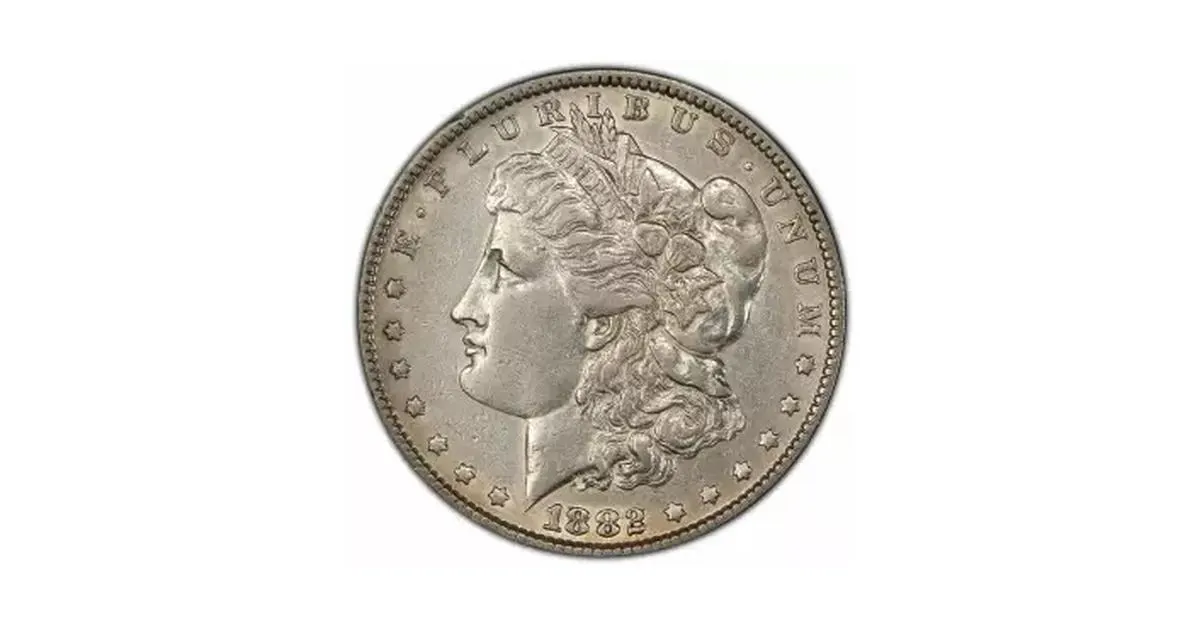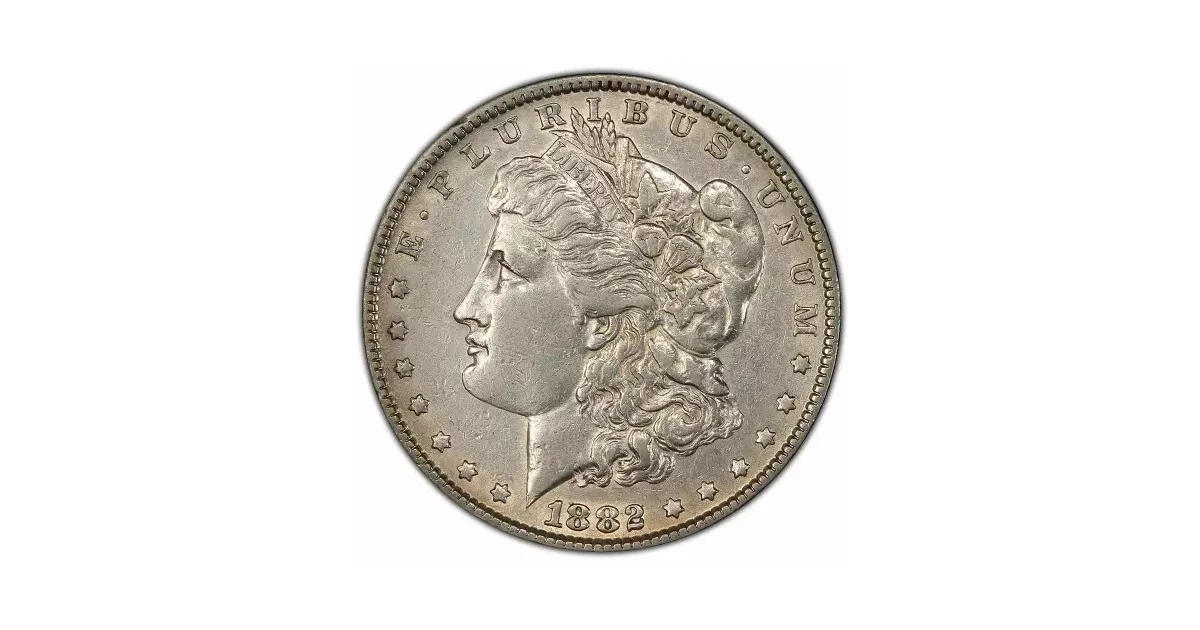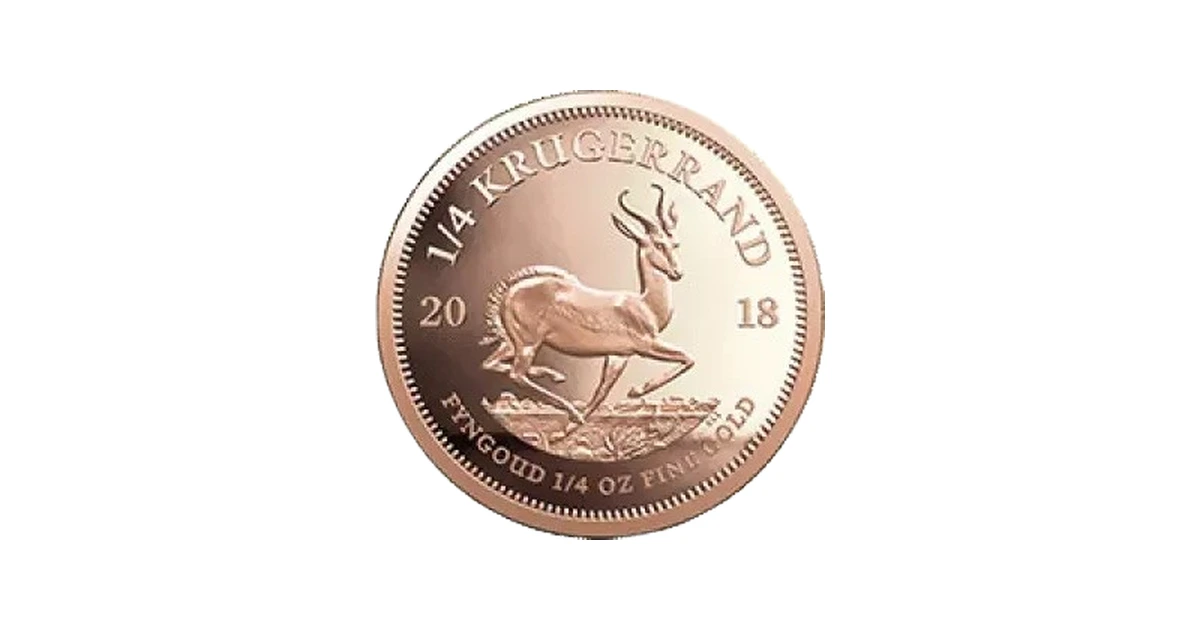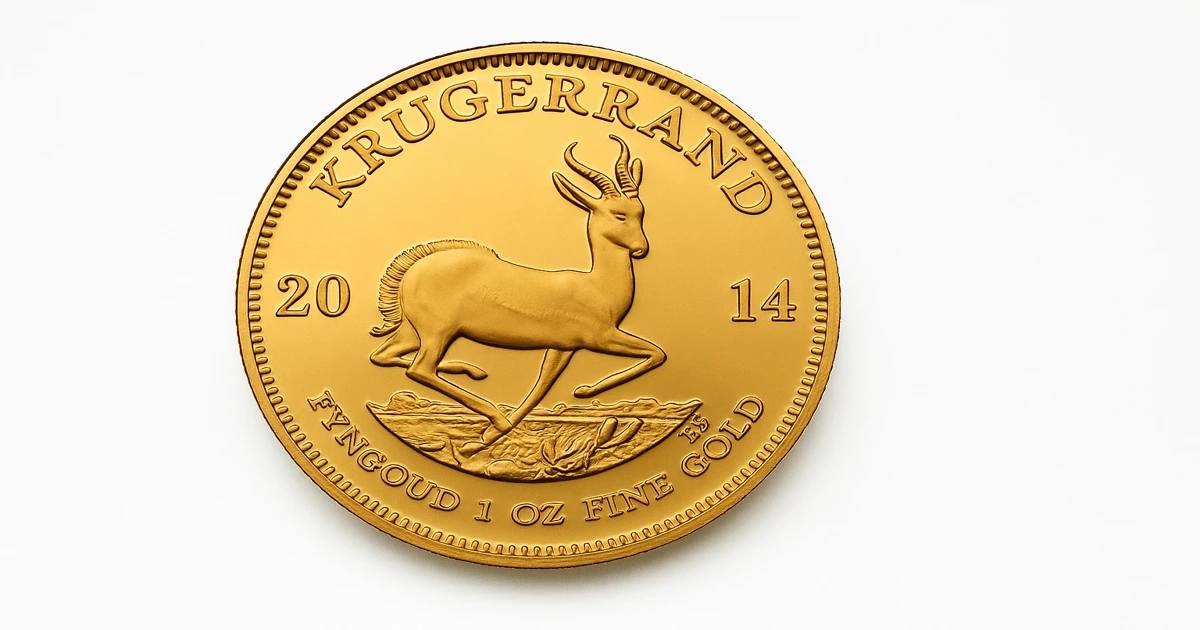
Step back to 19th-century America, where silver coins filled the pockets of cowboys, merchants, and bankers. Among them, one stood out — the Morgan Dollar. Introduced in 1878, this coin was more than currency; it symbolized America’s economic ambition and the silver rush era.
For over a century, Morgan Dollars have captivated collectors, emerging from abandoned bank vaults, shipwrecks, and family heirlooms. Their stories transcend history, making each coin a piece of the past. In this article, we explore the Morgan Dollar’s Wild West origins, its unexpected resurgence, and the market trends that make collecting it a true treasure hunt.
The Birth of the Morgan Dollar
The Coinage Act of 1873 ended the free coinage of silver, effectively placing the United States on the gold standard. This decision outraged silver miners and Western states, who saw it as a betrayal of the silver industry. Dubbed the “Crime of ’73,” the act sparked political backlash, fueling demands to restore silver’s role in the economy.
In response, Congress passed the Bland-Allison Act of 1878, requiring the U.S. Treasury to purchase large amounts of silver and mint it into dollars. This marked the birth of the Morgan Dollar, a coin that would become an enduring symbol of America's silver heritage.
George T. Morgan: The Vision Behind the Coin
British engraver, George T. Morgan, was commissioned to create the new dollar. In contrast to earlier Liberty designs, he modeled his subject after Anna Willess Williams, a Philadelphia schoolteacher, in order to achieve a more American depiction of Liberty. The backside contained an intricate eagle grasping arrows and an olive branch, representing both strength and peace. With its striking appearance and rich heritage, the Morgan Dollar soon grew to be among the most sought-after coins in American history. But there is more to Morgan’s “Lady Liberty.”
Lady Liberty’s Secret Identity
Most American hands that ever held a Morgan Dollar were never privy to the secret of its beautiful design — Lady Liberty was not merely a make-believe creation. Lady Liberty was a portrait of a very real individual: Anna Willess Williams, a schoolteacher in Philadelphia whose identity was a quiet secret for many years. But how did he find her?
The Woman Behind the Coin
In his search for a new interpretation of Liberty, engraver George T. Morgan looked to a real, all-American woman to be his inspiration. Through a mutual acquaintance at the U.S. Mint, he met Anna, whose classical looks and bold profile were exactly what he had in mind. After several sittings, Morgan proclaimed her beauty to be "the most perfect he had ever seen."
But Williams was not happy with the aftermath of this historical moment. When her identity leaked and it was disclosed that she modeled the coin's face, public interest and unasked-for fame overwhelmed her. She accepted no offers to appear in papers or from devotees but rather insisted upon no part whatsoever of celebrity status. As time would have it, even though Williams disliked the attention, her fame would live on.
The Carson City Mint Mystique
Few coins possess the charm of those struck at the Carson City Mint — and Morgan Dollars with the very coveted CC mintmark are some of the most coveted in numismatics. Located in the heart of Nevada's silver region, the Carson City Mint played a special part in American coinage, striking much fewer Morgan Dollars than the Philadelphia, New Orleans, and San Francisco Mints.
The Carson City Mint was opened in 1863 to tap into the enormous Comstock Lode, one of the richest silver finds in history. By the start of Morgan Dollar production in 1878, the Mint was a linear pipeline for the silver riches of Nevada. But because it was smaller, Carson City minted far fewer coins — making CC-mint marked Morgan Dollars somewhat scarce.
Why Are CC Morgan Dollars So Valuable?
Low mint figures, history, and association with the Wild West render Carson City Morgan Dollars popular among collectors. Some were melted later due to the Pittman Act of 1918, reducing their numbers. CC Morgan Dollars that are currently on sale, particularly those in mint condition, fetch enormous amounts when auctioned, with some going for thousands of dollars. Owning a CC Morgan Dollar is not just collecting a coin, it's having something tangible of the American frontier.
The 1921 Revival and the End of an Era

Following over two decades of minting, Morgan Dollar production was brought to a sudden stop in 1904. Why, you may ask? The U.S. Treasury's silver reserves, first required by the Bland-Allison Act and subsequently enlarged by the Sherman Silver Purchase Act, were almost exhausted. Having no pressing need for additional silver dollars in circulation, production was halted, appearing to be the demise of the legendary coin.
The Surprise Resurgence: Morgan Dollars of 1921
Seventeen years after that, the Pittman Act of 1918 prompted the melting of millions of silver dollars to aid in stabilizing world silver markets. To fill the void, the U.S. Mint restored the Morgan Dollar in 1921 — but just temporarily.
These 1921 Morgans were slightly different from their predecessors. They were struck with redesigned, flatter details because of new hub engravings, making them appear flatter and less sharp. Also, for the first time, the Denver Mint (D mintmark) was added to Philadelphia and San Francisco in minting Morgan Dollars.
By 1921, though, the Morgan Dollar era came to an official close, paving the way for its replacement — the Peace Dollar, representing a new era in American coinage.
Treasury Hoards and the Great Coin Releases
For nearly a century, tens of millions of Morgan Dollars gathered dust in U.S. Treasury vaults, unused and unloved by the economy. They were the product of the government's mandatory silver purchases under the Bland-Allison Act and the Pittman Act, which triggered the large-scale mintage of Morgan Dollars — many of which were never required for day-to-day transactions. Rather, they were stuck away, all but forgotten by the public.
The Great Coin Issues of the 1960s and 1970s
By the early 1960s, collectors and dealers became aware that uncirculated Morgan Dollars were continuing to be paid out face value by the U.S. Treasury. Word quickly got around, and with demand skyrocketing, the government discovered that they had a treasure trove of rare coins, specifically Carson City (CC) Morgan Dollars, which had developed into big hits.
To corral the craze, the General Services Administration (GSA) held a series of public auctions in the 1970s, officially issuing these secret treasures. Mint-condition Carson City Morgan Dollars, previously consigned to being locked away for almost a full century, finally entered the marketplace into the hands of collectors—many still in original GSA packaging.
Collecting and Investing in Morgan Dollars
For collectors and investors alike, Morgan Dollars are one of the most fascinating and rewarding areas of numismatics. With their history, stunning design, and variations of scarcity, these silver dollars are as fascinating to collectors as it has been more than one hundred years since they were minted.
Key Dates and Mintmarks to Look Out For
While all Morgan Dollars are of historical significance, certain years and mintmarks are highly desired due to their rarity and low production. Some of the most well-known are:
- 1879-CC: An early Carson City rarity.
- 1889-CC: The lowest-mintage Carson City Morgan and, therefore, a rarity.
- 1893-S: The Morgan Dollar king, with a mintage of only 100,000 coins.
- 1895-P (Proof Only): Often referred to as the "King of Morgans," no business strikes are known to have been made.
- 1921-D: The only Morgan Dollar to have been introduced in Denver, the final year of issue.
In general, Carson City (CC) mintmarked pieces, made in smaller quantities, will be worth more than the others.
Buying and Selling Morgan Dollars with Pacific Precious Metals
For buyers and sellers interested in the sale or purchase of Morgan Dollars, utilizing an ethical dealer is mandatory. Pacific Precious Metals handles high-grade, authenticated Morgan Dollars and offers expert service to beginner and veteran numismatists alike. Ready to purchase, sell, or invest in Morgan Dollars? Browse our inventory today!









